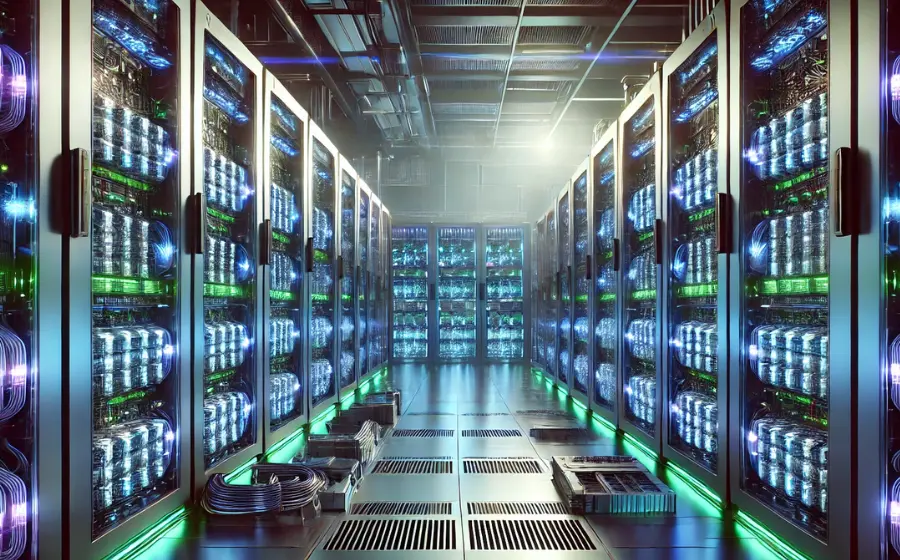
KEYTAKEAWAYS
- Google's greenhouse gas emissions rose 48% since 2019 due to AI-related energy consumption.
- Microsoft reported a 29% increase in emissions since 2020, attributed to AI infrastructure expansion.

CONTENT
As artificial intelligence capabilities expand, leading tech companies face significant increases in energy consumption and greenhouse gas emissions, challenging their sustainability commitments and raising concerns about AI’s environmental impact.
The rapid advancement of artificial intelligence (AI) technologies is driving a substantial increase in energy consumption and greenhouse gas emissions for tech giants Google and Microsoft, posing new challenges to their climate commitments and raising concerns about the environmental impact of AI.
Recent sustainability reports from both companies reveal significant increases in their carbon footprints, primarily due to the expansion of AI infrastructure and capabilities. Google reported a 48% rise in greenhouse gas emissions since 2019, while Microsoft saw a 29% increase since 2020, both attributing these surges to the growing energy demands of AI development and deployment.
Jesse Dodge, a senior research analyst at the Allen Institute for AI, provides a stark illustration of AI’s energy intensity: “One query to ChatGPT uses approximately as much electricity as could light one light bulb for about 20 minutes.” This energy consumption multiplies dramatically when considering the millions of daily users of such AI systems.
The environmental impact of AI is further exacerbated by its increasing sophistication. As AI models grow more complex, they require more computational power, leading to the construction of larger data centers and the use of supercomputers. This trend is evident in Google’s recent sustainability report, which acknowledges the challenges of reducing emissions while further integrating AI into their products.
Microsoft, despite its ambitious goal to become carbon negative by 2030, is facing similar setbacks. The company’s latest sustainability report highlights the construction of more data centers “designed and optimized to support AI workloads” as a key factor in its emissions growth.
The data center industry’s expansion, particularly in regions like Northern Virginia, underscores the scale of AI’s energy demands. By 2030, data centers in this area alone are projected to require energy equivalent to powering 6 million homes. This surge in electricity demand has even led to delays in decommissioning several coal plants across the United States.
Alex Hanna, director of research for the Distributed AI Research Institute, warns that the environmental costs of AI will continue to escalate without serious intervention. “There’s a whole material infrastructure that needs to be built to support AI,” she explains, emphasizing the ongoing growth of data centers to meet AI demands.
As major tech companies continue to invest heavily in AI, with Google alone spending $12 billion on capital expenditures in a single quarter, the environmental implications become increasingly pressing. The tech industry’s push towards an “AI-first” world, while driving innovation, also presents a significant challenge to global efforts to combat climate change.
In conclusion, as AI technologies continue to advance and proliferate, the tech industry faces a critical balancing act between innovation and environmental responsibility. The substantial increases in energy consumption and emissions associated with AI development underscore the urgent need for sustainable solutions and more efficient AI technologies to mitigate their environmental impact.
▶ Buy Bitcoin at Binance
Enjoy up to 20% off on trading fees! Sign up Now!
Looking for the latest scoop and cool insights from CoinRank? Hit up our Twitter and stay in the loop with all our fresh stories!
















